|
I'm a PhD candidate at Northwestern University, working under the guidance of Professor Aggelos K. Katsaggelos in the Image & Video Processing Lab, where I work on problems at the intersection of machine learning, signal processing, computer vision, and graph neural networks (GNNs), particularly heterogeneous GNNs. I will be joining NIKE Inc. as a Data Scientist for Consumer Data Science in the summer of 2022! |

|
|
I'm interested in machine learning, image processing, geometric deep learning, and applications utilizing heterogeneous GNNs (HetGNNs). My earlier research is about modeling objects from the physical world (captured by mesh surface manifolds) which can be interpreted as undirected graphs and processed for interpretation with the help of (GNNs). The primary focus of my PhD dissertation looks at applications of GNNs in medical imaging and psychoanalysis. Some of the earlier work involves modeling the human brain and its several structures (hippocampus, amygdala, white matter, etc.) using mesh surface manifolds and leveraging a type of GNN: graph convolutional networks (GCNs), to assist in a variety of medical applications focused on the shape analysis of neuroanatomical structures such as:
|
|
|
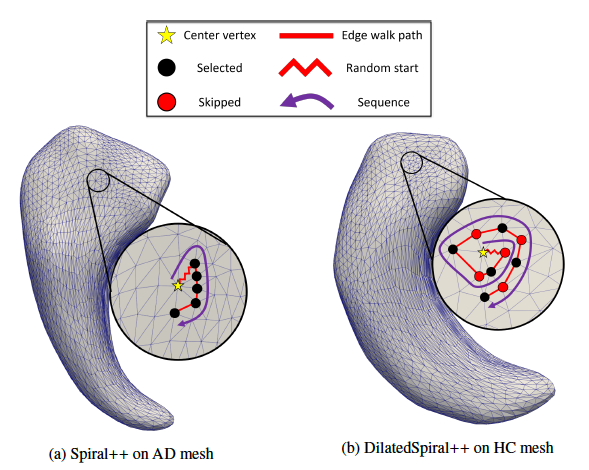
|
Emanuel A. Azcona, Pierre Besson, Yunan Wu, Ajay S. Kurani, S. Kathleen Bandt, Todd B. Parrish, Aggelos K. Katsaggelos Submitted for peer review, 2021 bioRxiv preprint In this work: (1) a GNN classifier (using spiral convolution on surface meshes) is used to analyze the efficacy of disease classification on mesh surface input data from multiple brain regions and compared to using a single hemisphere or a single structure. It outperforms prior work using spectral GCNs on the same the same tasks, as well as alternative methods that operate on intermediate point cloud representations of 3D shapes. (2) Provide visual interpretations for regions on the surface of brain structures that more associated to true positive AD predictions which fall in accordance with the current reports on the structural localization of pathological changes associated to AD. (3) A generative GNN is also implemented to analyze the effects of phenotypic priors given to the model (e.g., AD diagnosis) in generating subcortical structures. |
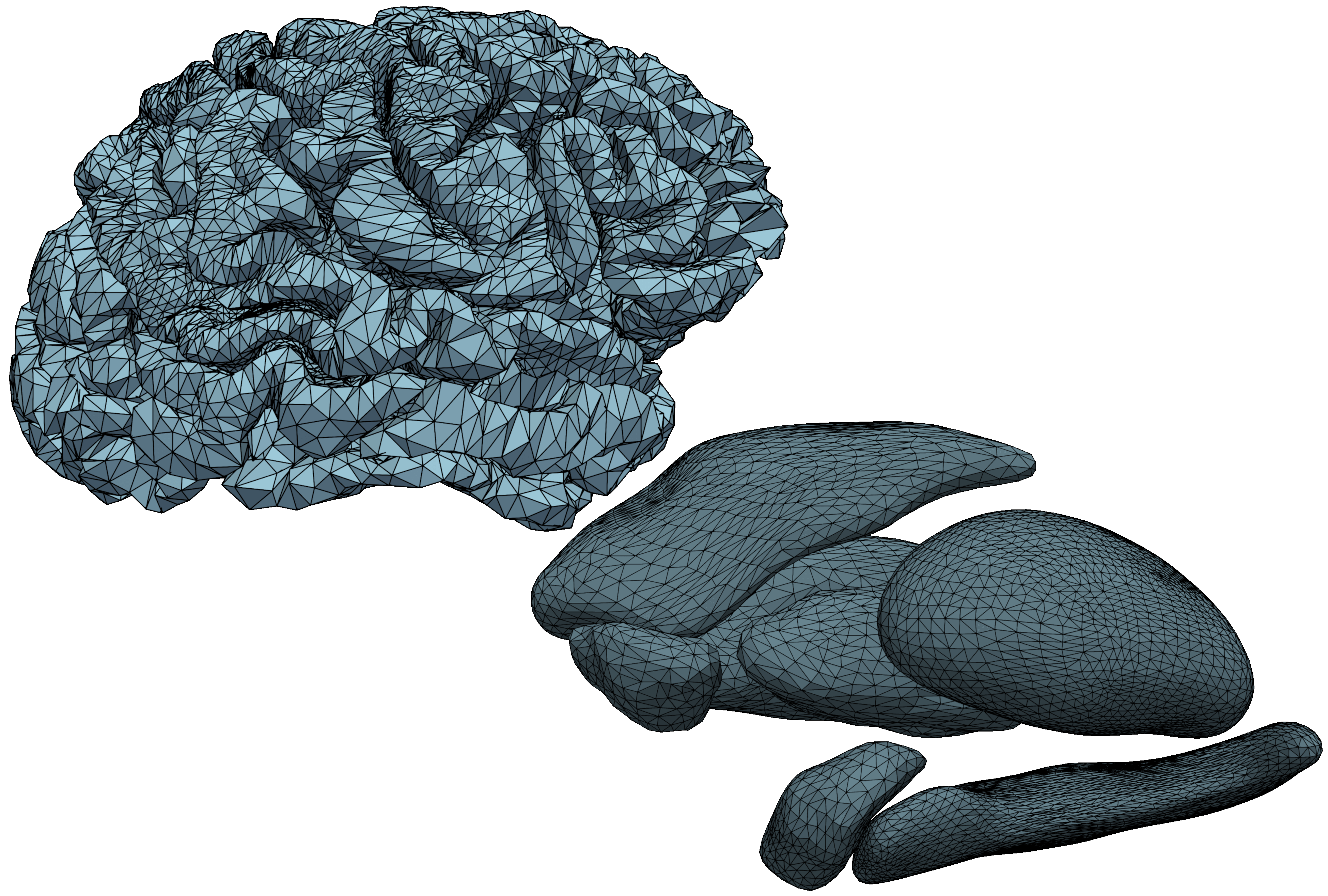
|
Emanuel Azcona, Pierre Besson, Yunan Wu, Arjun Punjabi, Adam Martersteck, Amil Dravid, Todd B. Parrish, S. Kathleen Bandt, Aggelos K. Katsaggelos Shape in Medical Imaging workshop @ MICCAI, 2020 arXiv preprint / poster / slides A residual graph convolutional network was used in the binary classification of Alzheimer's disease dementia (ADD) strictly based on brain morphology. Gradient-weighted, class-discriminative localization maps were generated to visualize regions of interest used by the network in classifying ADD. |
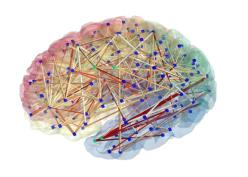
|
Yunan Wu, Pierre Besson, Emanuel Azcona, S. Kathleen Bandt, Todd B. Parrish, Hans C. Breiter, Aggelos K. Katsaggelos Submitted for journal peer review, 2020 bioRxiv preprint Brain structure is tightly coupled with brain functions, but it remains unclear how cognition is related to brain morphology, and what is consistent across neurodevelopment. In this work, we developed graph convolutional neural networks (gCNNs) to predict Fluid Intelligence (Gf) from shapes of cortical ribbons and subcortical structures. T1-weighted MRIs from two independent cohorts, the Human Connectome Project (HCP; age: 28.81 ± 3.70) and the Adolescent Brain Cognitive Development Study (ABCD; age: 9.93 ± 0.62) were independently analyzed. |
|
|
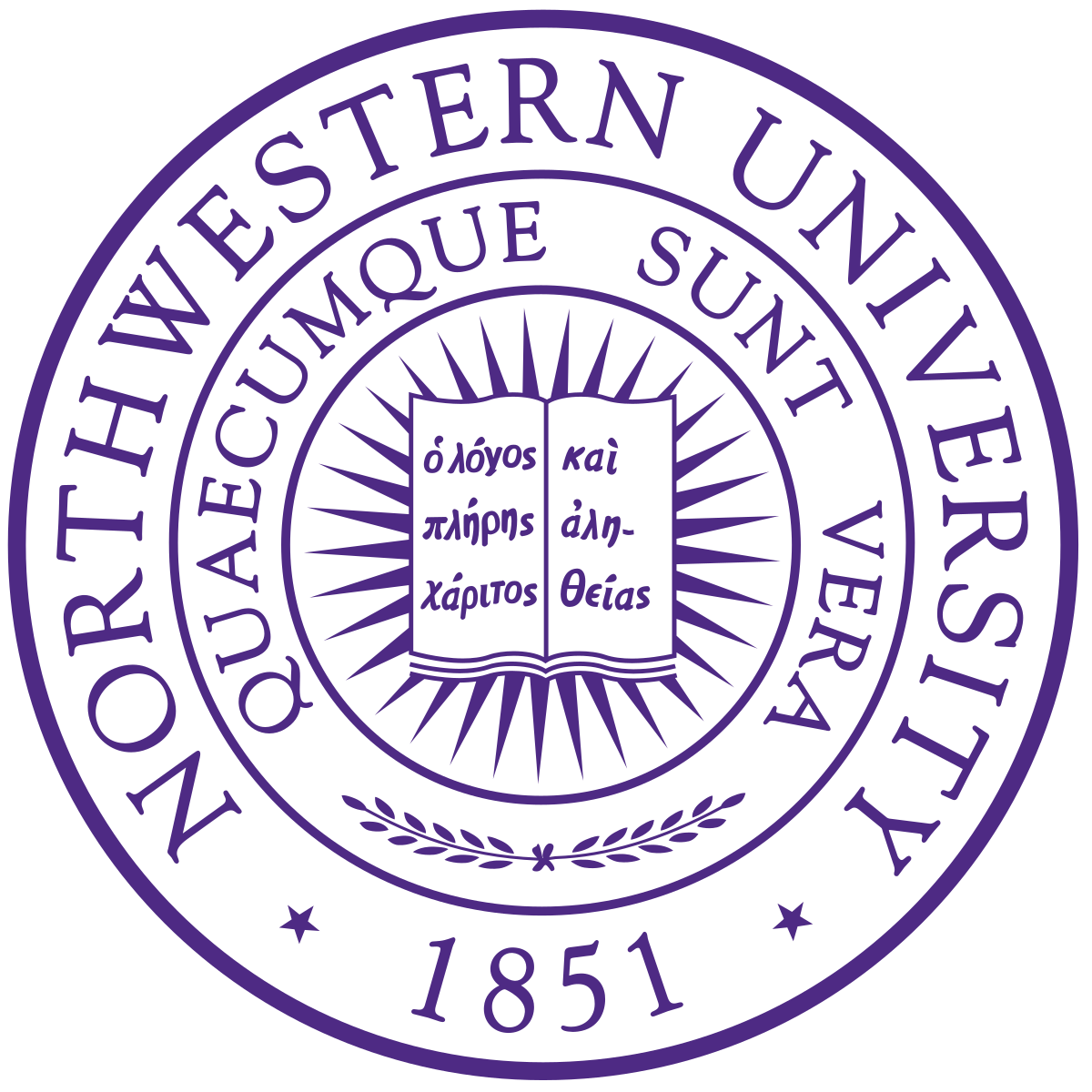
|
Data Science Consultant, NUIT Research Computing Services (2021-Present)
Research Assistant, Image and Video Processing Lab (2017-Present) |
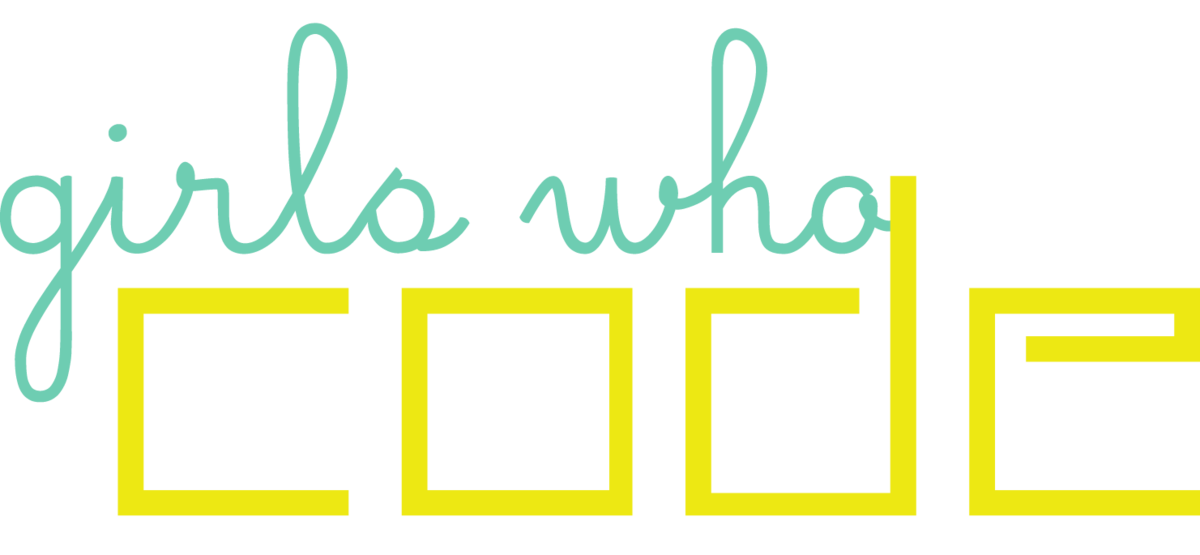
|
Computer Science Instructor, Summer 2017 |
|
|

|
Alumni Highlight, Electrical Engineering 2017
Abstract, Summer Research Program 2016 Abstract, NYU Summer Research Program 2015 |

|
Accepted AT&T contribution on behalf of NACME nonprofit organization |
|
Thank you Dr. Barron! |